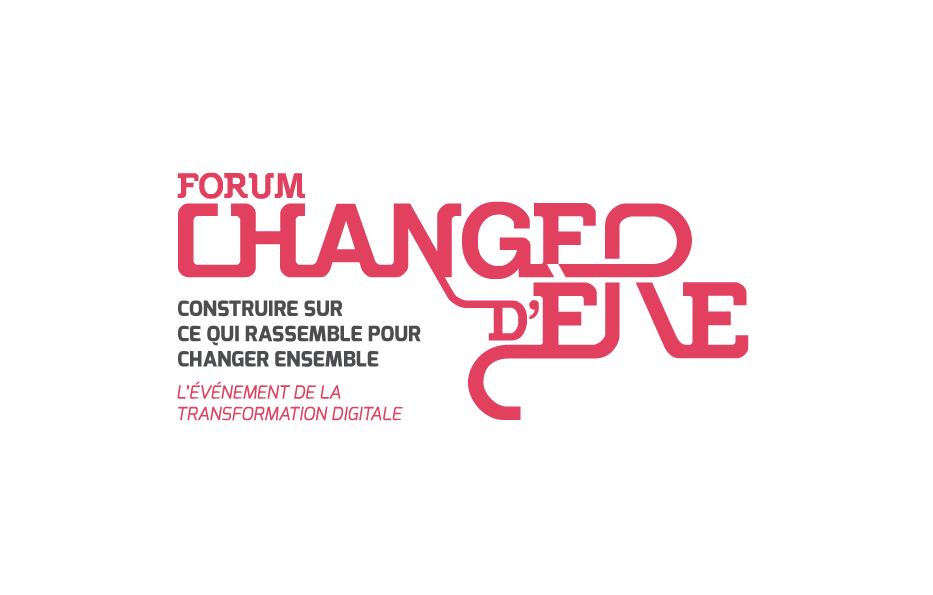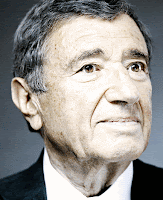Véronique Anger: You are at the origin of L’Institut de la longévité(1). What about your current research in gerontology?
To people’s minds, *Professor Etienne-Emile Baulieu’s name is often combined with DHEA even though his work is not limited to the discovery of the molecule that has caused much ink to flow… and fed people’s fantasy.
For this great scientist who has a worldwide reputation, DHEA is not a mere result but the departure point of his whole research on aging.
Professor Etienne-Emile Baulieu: Journalists often confine my study to DHEA(2). But I must admit that this discovery has been at the origin of my research on aging, generally speaking and as regard medicine and biology. In this field, in France and abroad, much remains to be done. We do not really understand the whys and wherefores of aging and therefore how guarding against certain of its deleterious effects.
Human genome’s sequencing offers new possibilities. Except for neuro-degenerative diseases (such as Alzheimer or cardiovascular diseases, osteoporosis, …), there is slow progress in science as it is the case for immunodeficiency despite very encouraging results that have been obtained by a Californian company from DHEA’s derivatives.
As far as aging is concerned, prevention must be distinguished from pathology. We must be prepared to meet with an increasing number of aging-linked diseases. Causes are still unknown, but we can try to prevent them.
We also deal with aging-linked problems. Aging may be « normal » and not pathological among some healthy individuals. Nevertheless, physiological deterioration is always noticed (i.e. muscles’ weakening, skin dryness, memory loss, …). What is at stake is to obtain the « successful aging ».
We have noticed that most today’s septuagenarians are more dynamic and healthy than the sexagenarians, and even fifty-year-old people of the mid-twentieth century…
VA: Everybody knows that a relative’s death may affect a person so much that he or she can develop an hormonal disease for example. What are the latest discoveries inneuropsycho-immunology? What about the links between nervous, hormonal and immunological systems?
Prof. EB: Relations between nervous, hormonal and immunological systems are currently studied. Neuropsycho-immunology is a very important field in which I am particularly interested.
Since we have found out that brains produce matters roughly alike hormones, we have been going into this discovery in order to prevent or treat aging-linked pathologies, such as memory loss.
VA: Lifetime keeps on increasing. What is the optimum life expectancy? And what could be, according to you, the social consequences of this trend?
Prof. EB: Each year, life expectancy increases by 3 months on average. Today, 50% of adult women are over 85. Half the babies of the third millennium will reach the age of 100. Children born in 2000 will be able to take advantage of their retirement for… 40 years! Families composed of five generations could be a reality, … These striking pictures completely change our vision of the world. Increase in « normal » longevity raises loads of questions.
Talking about the « optimum » life expectancy amounts to expressing a value judgement. I think that the real purpose is to live in good health and to remain active, integrated and happy as long as possible, until you finally dead. There is a technical term to express that idea : « rectangularisation » of life curve(3).
Is it possible to go beyond Jeanne Calment’s age of 121? Probably yes. Will we actually push these limits up? I don’t know. If we take into account the fact that our environment (diets, behaviours, hygiene, …) is improving, human race is likely to live even longer. But everything -even the most resistant living beings or things- eventually wears out…
In fact, we are living trough a double revolution, i.e. the lengthening of life expectancy and the revolution in NTI.
As far as life lengthening is concerned, legally fixing retiring age over 60 or 65 only solves the problem partially and temporarily. Besides, it is essential that young people find a place in society, and even though a renewal is necessary, it could be dangerous to force the elderly to make their exits without further ado.
« Retirement » has two meanings: on the one hand, the payment of financial allowance and, on the other hand, retiring from society. I think that today’s communication tools offer great opportunities for the elderly. They enable them to communicate with anybody, neighbours or foreigners everywhere in the world, to share and use their experiences, to take part in programmes, …It is so a new means of making money while remaining integrated in society.
VA: You have been elected Vice-President of the Academy of Science. You will be its President from January 1st 2003. How will you manage and develop this prestigious centre?
Prof. EB: The Academy of Science is actually renowned. Historically, French people have confidence in scientists; they like their researchers… That’s why the Academy responsibility is so important.
I’ve committed myself to doubling its staff: I’m totally opposed to an elitist policy. The Academy is currently composed of 130 members, including 3 women, which seems to me completely abnormal. Consequently, I would like to find a new equilibrium between men and women. By two years, I promise that 100 new scientists will be chosen, including many women…
The Academy of Science is no longer the place where scientists come to present their discoveries. Scientists issue articles in journals and in the Internet. The Academy’s role is so changing. It can and must collect relevant, checked scientific information and share it with the general public, through the media and the Internet for example, while helping teachers.
To this end, I’m setting up a powerful bureau for scientific information and communication. And I hope to obtain a special budget line from the next Minister of Research.
* Professor Etienne-Emile Baulieu, RU 486 morning-after pill’s father and joint discoverer of DHEA, is a Doctor of medicine, a Doctor of science and a Professor at Le Collège de France. He works for INSERM, Unit 488 of Kremlin-Bicêtre Hospital. INSERM stands for National Institute for Health and Medical Research, which is the equivalent of MRC in Britain and NIH in the US. Prof. Baulieu is also Vice-President of the Academy of Science. Biography.
Just issued: « LES MALADIES ET LA MEDECINE » by Prof. Etienne-Emile BAULIEU in collaboration with Prof. René FRYDMAN, Philippe KOURILSKY (UNIVERSITE DE TOUS LES SAVOIRS Volume 10, Odile Jacob, Poches Collection)
(1) L’Institut de la longévité gathers together researchers from public and private sectors in the fields of genetics, genomics, biology and pharmacology, …
(2) DéHydroEpiAndrostérone, or DHEA
(3) Rectangularisation of life (or survival) curve: Life expectancy curves remain high for a long time in a population depending on age (90% for example) and plummet suddenly around 90-100 years. On a graph with age on the abscissa (X-axis) and percentages of living people on Y-axis, the curve will be rectangular, while 100 years ago, it looked like a « slide » or a « ski-jump » (with, for example, the skier heading for the right of the graph).
For further information: http://www.inserm.fr
About human genome
Concerning « egoistic gene«
« L’homme et les gènes » exhibition – Let’s see : http://www.cite-sciences.fr/francais/ala_cite/expo/tempo/defis/encyclobio/index.htm
and University of knowledge and http://www.lacinquieme.fr/concepts/W00081/7/26386.cfm
Interview with Professor BAULIEU, Professor at « Le Collège de France », researcher at INSERM
Comments 0
- Les Di@logues Strategiques on 2 mai 2010 inLes Di@logues Strategiques
Non classé
(Les Di@logues Stratégiques® – 04/02)



